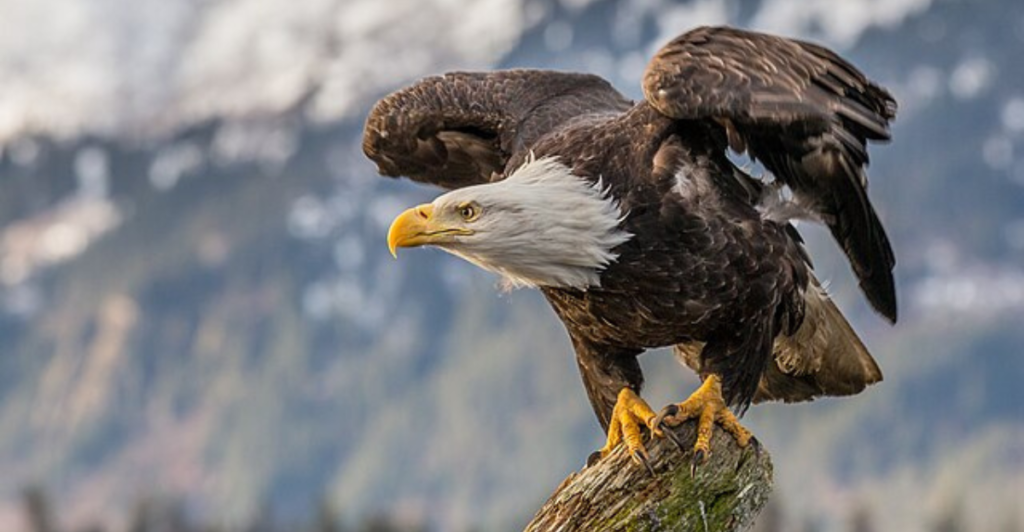
The American Bald Eagle is one of the most iconic symbols of the United States, recognized not only as the nation’s emblem but also as a conservation success story. Once on the brink of extinction, the bald eagle’s population has made a remarkable recovery due to dedicated conservation efforts. Below, we summarize key details about their habitat, diet, population, and the challenges they face.
1. Habitat of the Bald Eagle
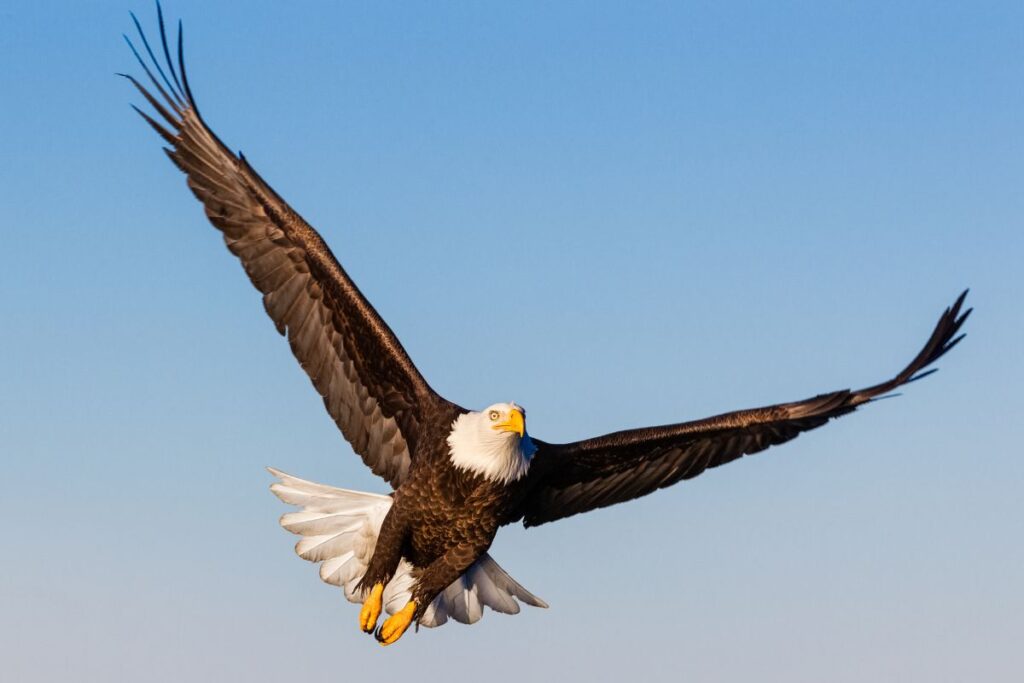
Bald eagles are found throughout the United States, except in Hawaii. They prefer habitats near large bodies of water, such as rivers, lakes, and wetlands. These locations provide abundant food sources, such as fish, and offer suitable trees for nesting and perching.
2. What Bald Eagles Eat
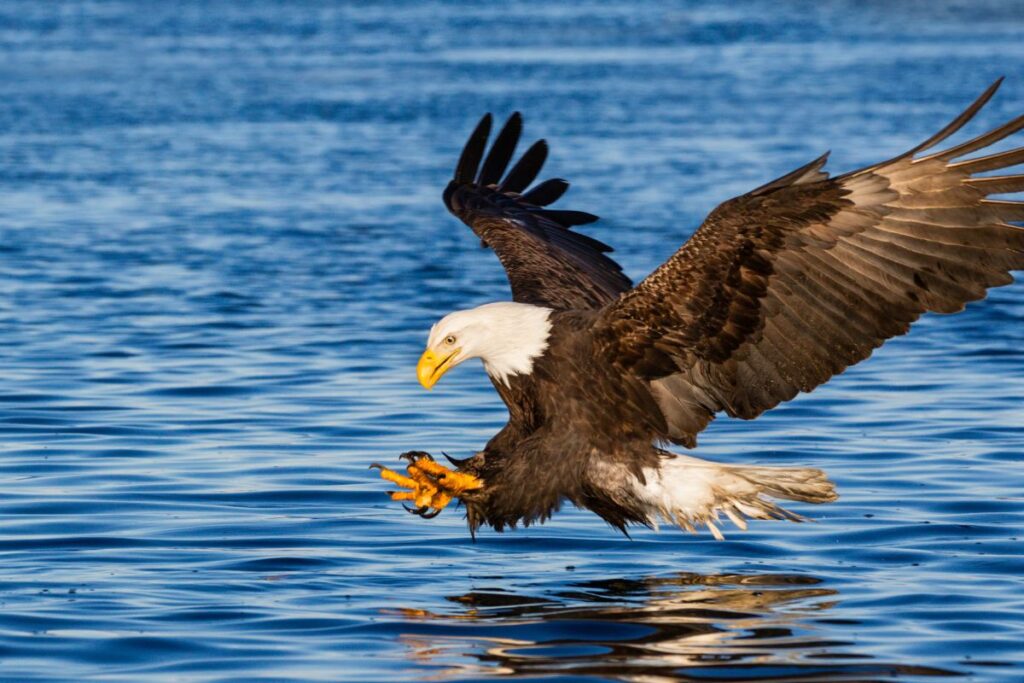
As raptors, bald eagles primarily feed on fish, which they hunt in shallow waters. In addition to fish, their diet includes ducks, turtles, snakes, frogs, muskrats, small birds, and occasionally small mammals like mice.
3. Bald Eagle Population

The population of bald eagles in the U.S. has rebounded significantly. There are currently an estimated 316,700 bald eagles in the lower 48 states, a dramatic increase from fewer than 1,000 in the 1950s. This population growth is one of the greatest success stories in wildlife conservation.
4. The Bald Eagle’s Recovery
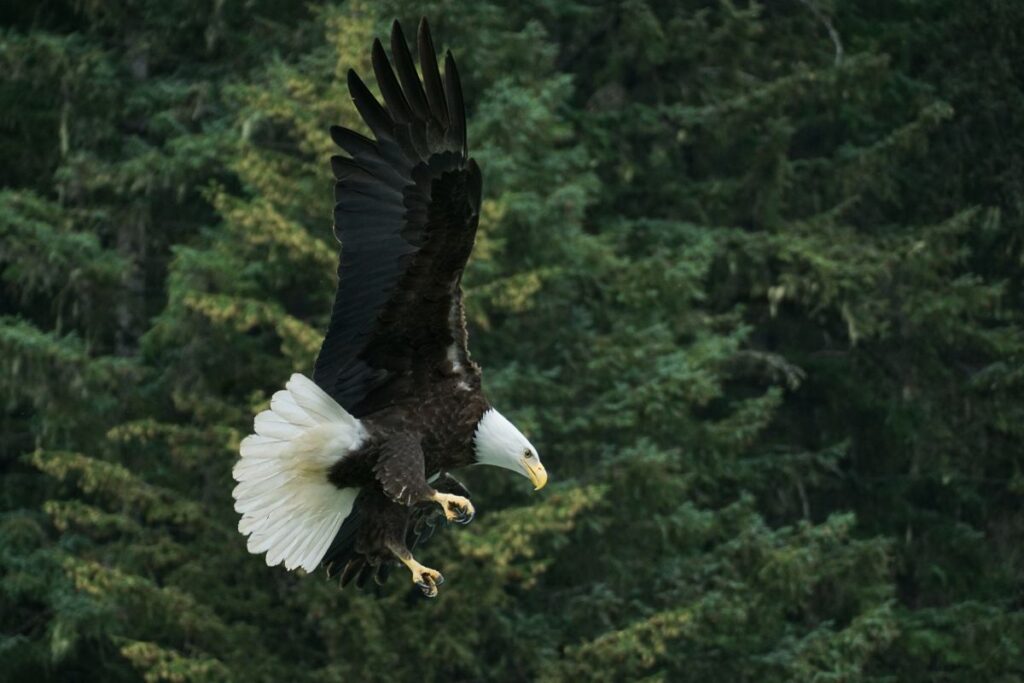
Bald eagles were once endangered due to hunting, habitat destruction, and the use of the pesticide DDT, which thinned their eggshells. The banning of DDT in 1972, along with conservation programs and legal protections, helped the population grow. By 2007, bald eagles were removed from the endangered species list.
5. The Role of Alaska
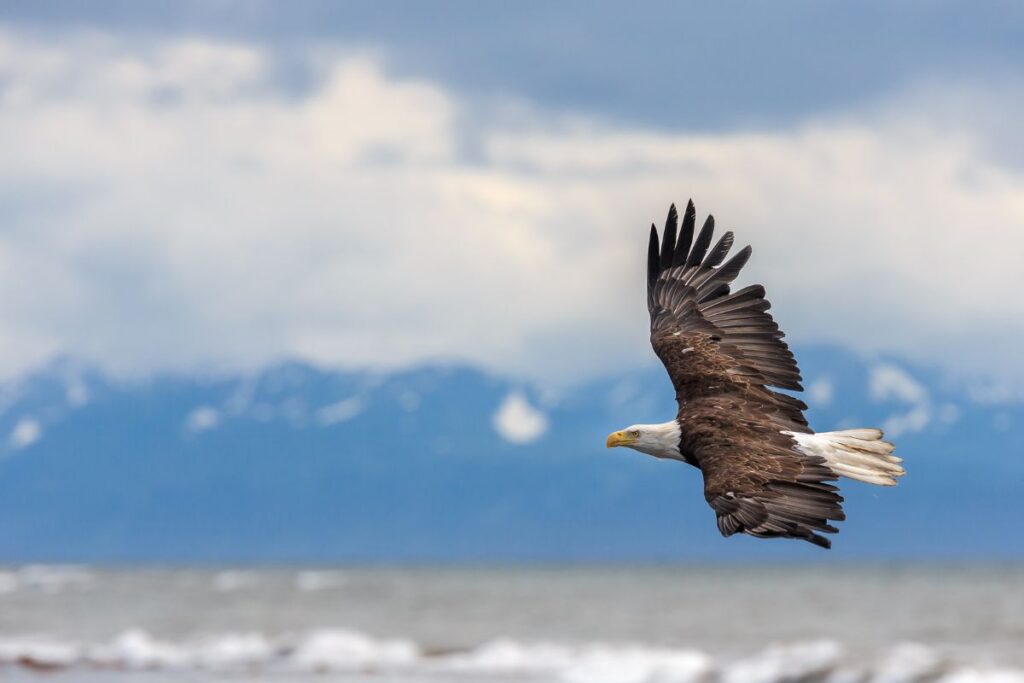
Alaska has the highest concentration of bald eagles, with around 30,000 breeding pairs. These eagles are typically found along the coast, in offshore islands, and in inland lakes and rivers. Many eagles migrate south during the winter, though large groups gather in places like the Chilkat Valley to feed on salmon.
6. The Only State Without Bald Eagles

Hawaii is the only U.S. state that does not have a resident bald eagle population. The lack of suitable habitats—such as open hunting grounds and tall trees for nesting—along with competition from native species like the Hawaiian hawk, prevents bald eagles from thriving there.
7. Challenges to Their Survival

Bald eagles face several challenges despite their population recovery. Habitat loss, climate change, and human activities such as fishing and boating still pose threats to their well-being. Additionally, conservation efforts must continue to ensure that bald eagles can thrive in the long term.
8. Breeding and Nesting
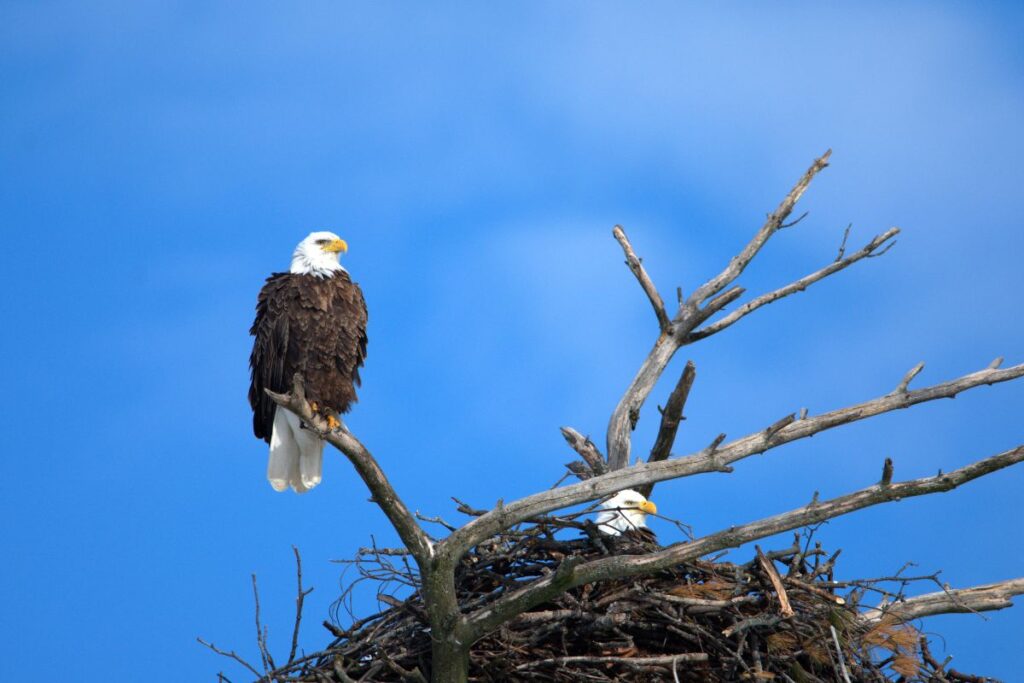
Bald eagles are known to nest in large trees, especially in old-growth forests. They often return to the same nesting sites year after year. These nests are large and can be reused for many generations, sometimes growing to over 10 feet wide. Eagles usually lay two eggs, with the young hatching after about 35 days.
9. Bald Eagle Protection Laws

The Bald and Golden Eagle Protection Act protects these majestic birds by prohibiting hunting, capturing, or disturbing eagles. The U.S. Fish and Wildlife Service also monitors eagle populations, productivity, and survival rates to manage their conservation effectively.
10. The Future of the Bald Eagle
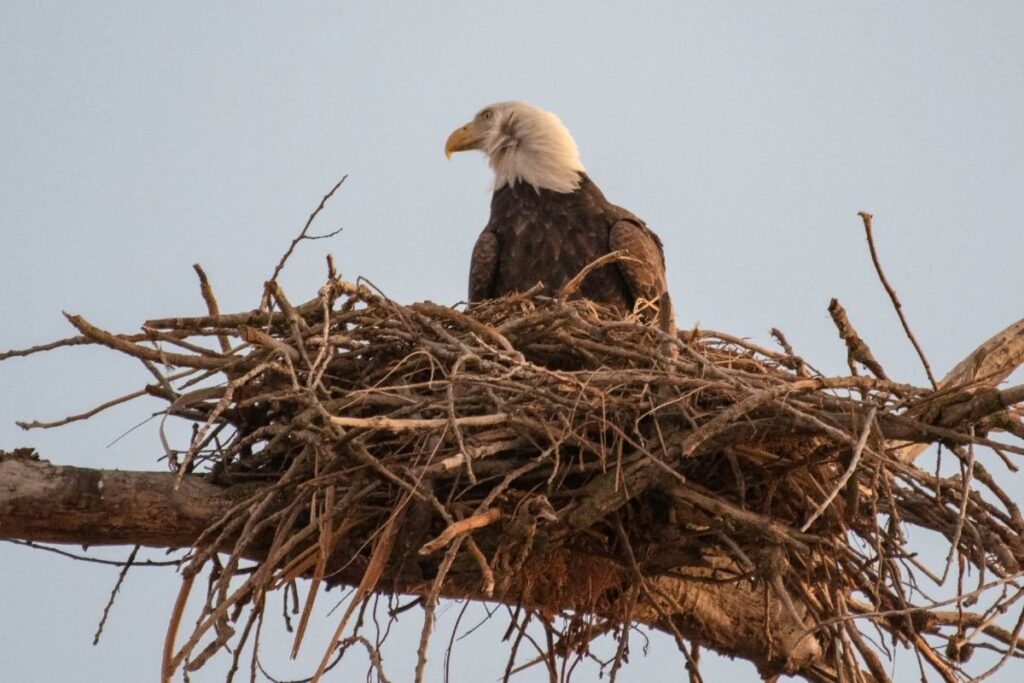
While the bald eagle population is now stable, continued efforts to protect their habitats and prevent illegal harm are essential. Monitoring populations and ensuring sustainable management practices are key to maintaining their recovery and ensuring their future as a symbol of American strength and freedom.
Stay connected with us for more stories like this! Follow us to get the latest updates or hit the Follow button at the top of this article, and let us know what you think by leaving your feedback below. We’d love to hear from you!







